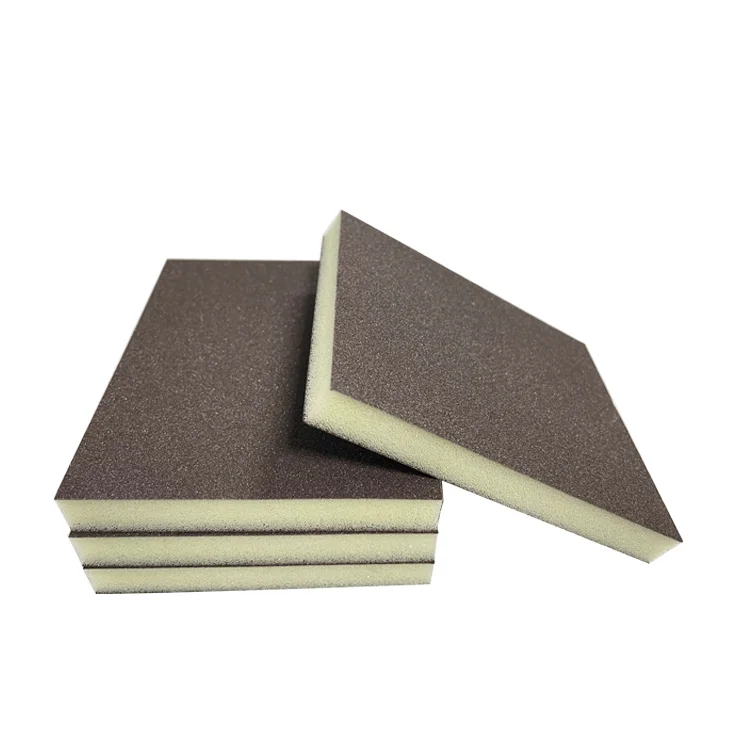When it comes to outdoor activities, sun protection is a paramount concern. Whether you're planning a beach day, a picnic in the park, or an outdoor event, selecting the right canopy can significantly enhance your sun safety. One of the most critical factors in this decision is the color of the canopy. In this article, we will explore the science behind canopy colors and their effectiveness in providing sun protection, helping you make an informed choice for your next outdoor adventure.
Understanding UV Radiation and Its Effects
Before diving into the specifics of canopy colors, it’s essential to understand the nature of ultraviolet (UV) radiation. The sun emits three types of UV rays: UVA, UVB, and UVC. UVA rays penetrate the skin more deeply and are primarily responsible for premature aging and skin cancer, while UVB rays are the main culprits behind sunburn. UVC rays are mostly absorbed by the Earth’s atmosphere and do not pose a significant risk to humans.
To effectively shield yourself from these harmful rays, it’s crucial to choose a canopy that not only provides shade but also blocks UV radiation. The effectiveness of a canopy in blocking UV rays is often measured by its Ultraviolet Protection Factor (UPF) rating. A higher UPF rating indicates better protection.
The Role of Color in UV Protection
The color of a canopy plays a significant role in its ability to block UV rays. Darker colors tend to absorb more UV radiation, while lighter colors reflect it. However, the relationship between color and UV protection is not as straightforward as it may seem. Here’s a breakdown of how different colors perform:
- Dark Colors (e.g., Black, Navy Blue, Dark Green):
- Pros: Dark canopies absorb more UV radiation, which can lead to a cooler shaded area underneath. They are often more effective at blocking UV rays, making them a popular choice for sun protection.
- Cons: They can absorb heat, making the shaded area warmer, which may be uncomfortable during hot summer days.
- Light Colors (e.g., White, Light Blue, Pastels):
- Pros: Light-colored canopies reflect sunlight, which can help keep the shaded area cooler. They are also less likely to fade over time compared to darker colors.
- Cons: While they may reflect some UV rays, they generally provide less protection than darker colors. This means that prolonged exposure under a light-colored canopy may not be as safe.
- Bright Colors (e.g., Red, Yellow, Bright Blue):
- Pros: Bright colors can offer a balance between aesthetics and functionality. They tend to reflect UV rays effectively while also providing a vibrant look.
- Cons: Depending on the specific dye and fabric used, some bright colors may not block UV rays as effectively as darker shades.
Fabric Matters: The Importance of Material
While color is a crucial factor, the material of the canopy also significantly influences its UV protection capabilities. Fabrics specifically designed for sun protection, such as polyester or acrylic, often come with a UPF rating. When selecting a canopy, look for materials that are tightly woven, as they provide better protection against UV rays.
Additionally, some canopies come with special coatings that enhance their UV-blocking properties. These coatings can further improve the effectiveness of the canopy, regardless of its color.
Practical Tips for Choosing the Best Canopy Color
- Assess Your Environment: Consider the location and time of day when you’ll be using the canopy. If you’re in a particularly sunny area, a darker canopy may provide better protection. Conversely, if you’re in a cooler climate, a lighter color might be more comfortable.
- Consider Your Activities: If you plan to spend extended periods under the canopy, prioritize UV protection. For short gatherings, aesthetics may take precedence.
- Check UPF Ratings: Always look for canopies with a high UPF rating. A UPF of 30 or higher is recommended for effective sun protection.
- Test for Comfort: If possible, test the canopy in various colors to see how they feel in terms of heat and comfort. A canopy that keeps you cool while providing adequate sun protection is ideal.
Conclusion
Choosing the right color canopy for sun protection involves a careful consideration of both color and material. Darker colors generally offer better UV protection, while lighter colors can provide a cooler shaded area. Ultimately, the best choice will depend on your specific needs, environment, and activities. By understanding the science behind canopy colors and their UV protection capabilities, you can make an informed decision that ensures your outdoor experiences are both enjoyable and safe from the sun’s harmful rays.


